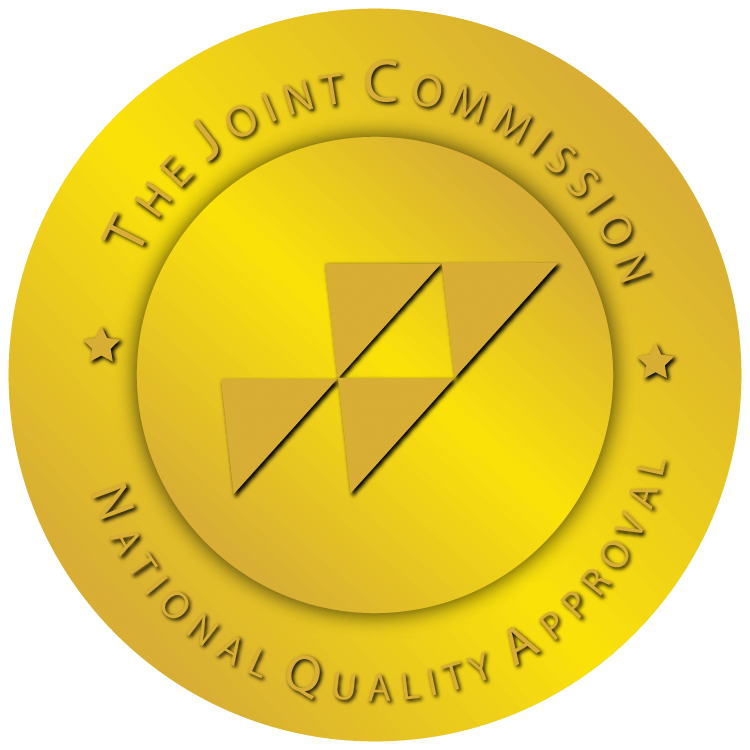 Opioids are a class of drugs that interact with opioid receptors on the nerve cells in the brain to decrease pain and can create pleasurable effects. Drugs in this category include both illicit (heroin) and non-illicit (codeine, hydrocodone, fentanyl, morphine) types. Although prescription opioids have a purpose and can be safe when taken as directed, they still have a high risk of addiction. Of the 21.5 million Americans who had substance abuse problems in 2014, almost 2 million of them had an addiction to prescription pain relievers, according to the American Society of Addiction Medicine (ASAM).
Opioids are a class of drugs that interact with opioid receptors on the nerve cells in the brain to decrease pain and can create pleasurable effects. Drugs in this category include both illicit (heroin) and non-illicit (codeine, hydrocodone, fentanyl, morphine) types. Although prescription opioids have a purpose and can be safe when taken as directed, they still have a high risk of addiction. Of the 21.5 million Americans who had substance abuse problems in 2014, almost 2 million of them had an addiction to prescription pain relievers, according to the American Society of Addiction Medicine (ASAM).
Even more disturbing is that prescription painkiller abuse is driving drug overdose rates. Drug overdose is now the leading cause of accidental death in the U.S. There were over 47,000 reported overdose deaths in 2014, according to the Center for Disease Control and Prevention. Law enforcement has been cracking down on pill mills in recent years, and there are stricter regulations in place for doctors who write opioid prescriptions. But is there anything more that can be done aside from drug monitoring programs?
An implant for opioid addiction may be the key.
What Is The Opioid Addiction Implant?
The Food and Drug Administration is in the process of approving an implant for opioid addiction. The matchstick-sized implant is designed to administer daily doses of buprenorphine, one of three drugs that is used to treat opioid addiction. The implant is carefully placed into the patient’s arm for about six months, where they will be given the daily doses of the drug. The downside is that buprenorphine can be addictive in itself.
Let’s explore the pros and cons to an opioid addiction implant so that you can be informed on this potentially beneficial treatment option.
What Are The Pros To The Implant?
State legislatures have been asking for more sympathy for heroin and painkiller addicts. That in itself is a step in the right direction.
But can an implant really make the difference for those with substance abuse problems? The benefits that we can expect to see include the following.
- Effective. Buprenorphine is the best treatment choice to help addicts get off opioids. It’s effective because it makes the brain feel like it’s receiving the opioid the person is addicted to. The user feels normal when taking the drug, not high. Also, buprenorphine reduces cravings, and it’s long lasting.
- No risk of overdose. It’s highly unlikely to overdose from buprenorphine on its own. An implant lowers these chances even more. The medication is delivered in controlled doses, so doctors don’t have to worry about misuse.
- Convenient. With an implant, patients don’t have to worry about taking any medication orally, and doctors don’t have to be concerned with patients abusing the drug. The implant delivers the medication at the right time and in the right dose.
- Decreased Availability. It’s recommended that a drug like buprenorphine be kept in a locked cabinet, out of the reach of teens and other adults in the home. With an implant, there is no physical drug available, helping stop the cycle of abuse.
What Are The Cons?
No treatment is completely safe. There are various risks to consider, and the opioid addiction implant is no exception. Let’s discuss a couple drawbacks that are important to be aware of.
- Somewhat Addictive. Buprenorphine is an opioid and can be addictive in itself. The reasons why it’s considered to be somewhat addictive is because it has a slow onset, mild effect and long duration. The good news is that people who do use buprenorphine as their form of treatment generally do not become addicted to it.
- Possible Deadly Interactions. There are side effects to consider, which include some of the normalcies like drowsiness. Most of these effects are mild and disappear after a few weeks. However, it is possible to overdose when combining buprenorphine and large amounts of alcohol, sedatives, tranquilizers or other drugs that slow breathing.
Final Thoughts
 It’s clear that buprenorphine is a treatment that not everyone is on board with, which makes an opioid addiction implant an option that some doctors are not comfortable prescribing. However, we must always weigh the risk and benefits in medicine, and if buprenorphine will help someone get clean, it may be worth the risks.
It’s clear that buprenorphine is a treatment that not everyone is on board with, which makes an opioid addiction implant an option that some doctors are not comfortable prescribing. However, we must always weigh the risk and benefits in medicine, and if buprenorphine will help someone get clean, it may be worth the risks.
Like other types of drugs, buprenorphine is not likely to be addictive if it’s taken as directed. Also, the implant is a convenient, effective way to take the medication because of its controlled dosage, which can be easily adjusted.
If you or a loved one is addicted to painkillers or heroin, it’s worth asking your doctor about this form of treatment. With FDA approval upon us, this may become a standard treatment for opioid addiction in the future.
Maryland Recovery provides substance abuse treatment for drug and alcohol abusers. We would love to help you on the road to recovery, so call us today to learn more about our treatment programs in MD!
Find Out How Prescription Drug Addiction Can Lead To Heroin Abuse
Reviewed by Christopher Schwartfigure MS, LGPC, CAC-AD








